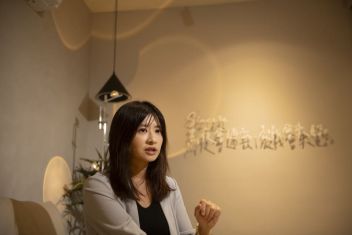“If we leave even one student overseas with a good impression of Taiwan, that’s a very good start.” So says Hung Wen-jou, faculty advisor to the Beyond the Globe volunteer group at National Chi Nan University, which is dedicated to “education without borders.”





















